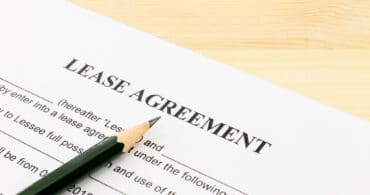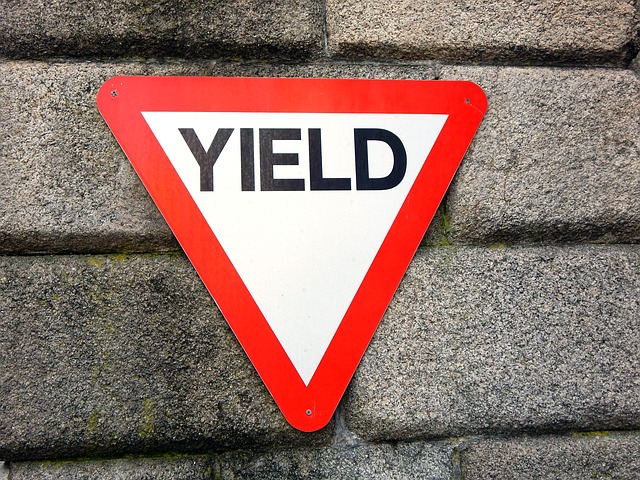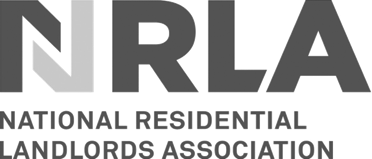6 Ways to Maximise Rental Yield
Capital appreciation and rental yield dictate success as a property investor, and form a vital factor for lenders when making a decision about affordability for a buy-to-let mortgage. If you are investing with a view to long term gains through letting, you will want to look closely at how you can maximise your rental yield. Read on as we share our top tips on how this can be achieved.
When you invest in property, your two main considerations will always be capital appreciation, and yield. These will dictate your success as an investor, and form a vital factor for lenders when making a decision about affordability for a buy-to-let mortgage. If you are investing with a view to long term gains through letting, you will want to look closely at how you can maximise your rental yield. Read on as we share our top tips on how this can be achieved.
What is rental yield, and how is it calculated?
Rental yield is the profit earned when you let out a property. To calculate your yield, divide your annual rental income by the total value of the property. The value should include the price you bought the property for, plus any improvement costs.
Yield can be gross or net. The one mortgage lenders usually consider is gross yield. This doesn’t include maintenance and running fees; finance, admin, management, legal and insurance costs, or any fair wear and tear or void period allowance, for example.
Here’s how to calculate gross yield:
- Take your annual rental income
E.g. £1,200 per calendar month = £14,400 - Take the purchase price and add any improvement costs
E.g. £200,000 plus £30,000 = £230,000 - Divide the annual rental income by the total purchase cost
i.e. £14,000 divided by £230,000 = 0.063 - Multiply the result by 100 to obtain the gross yield percentage
i.e. 0.063 x 100 = 6.3 per cent
Rental yields vary quite significantly around the country. What you need to focus on is making certain you are earning enough to cover all of your expenses, plus surplus to be able to accumulate an emergency fund to cater for any unexpected surprises.
According to the Totally Money Buy to Let Yield Map 2019/2020, the best buy to let yields in London can be achieved in E12 at 6.04 per cent. There are good yields to be had in the London Boroughs of Barking and Dagenham and Redbridge too at around 5.5 per cent. In areas where purchase prices are higher, such as West and North London, you will find yields tend to be lower.
So that’s rental yield explained. But how to maximise it so you can enjoy optimal rewards from your investment? Let’s take a look.
1. Set a fair market rate for your rent
The most obvious way to increase rental yield would be to up your rent. But this is not always the best strategy. What you want to do is make sure you are charging a fair rate that falls in line with the market average. If the market dictates that you can increase what you are charging, then it could be a viable way forward, although generally you won’t be able to make any rises during the course of a tenancy unless you have included a rent review clause in your tenancy agreement.
Just be careful not to price yourself out of the market so that you end up with a prolonged void period. Always take advice from a lettings agent or property expert who knows the local market.
2. Review your expenses
Having a good look at what you are spending can be a good way to get costs down and in doing so up your rental yield.
Try shopping around for better deals on things like insurance, and also see if you can get a better deal on your buy-to-let mortgage. Think about how much you are paying in property management fees too, and whether you could reduce these somehow, or perhaps even cut them out altogether by switching to a zero-fee guaranteed rent scheme.
3. Update your property
Properties of a higher spec will usually achieve greater rental rates, which in turn will increase the yield. Higher spec properties also tend to be looked after more carefully, which can reduce your maintenance spend.
Freshly updated properties don’t tend to stay untenanted for long, so that’s another plus point, as void periods can adversely affect rental yield.
Energy efficient homes are also more attractive to tenants. Why not make use of the Green Homes Grant, now extended an extra year to March 2022? This is a great chance to make your property more energy efficient and eco-friendly, with vouchers up to £10,000 for improvements on offer from the government.
4. Add a bedroom
Adding an extra bedroom to a rental property will normally allow you to command a higher rate in rent. If you can extend outwards or upwards, and the general advice to you is that the cost of doing so would deliver a return on your investment in the long run, then it will usually be a good idea.
If however this is not viable, then perhaps look at alternatives. Do you have an additional living room that could be converted, for example? Or a large master suite that could be divided up? It could be worth thinking about if you are serious about boosting your yield.
5. Think about investing in an HMO
A house in multiple occupation (HMO) will allow you to house more tenants. More tenants means more rent, so if you think you can deal with the added legal, licensing and practical aspects, which are a cert for this type of property, then this could be a good way to increase your rental yield.
You will need to bear in mind that the original investment will be higher than for a regular rental property, and that turnover of tenants is going to be greater, but the efforts could be worth it for the added return.
6. Avoid the void with a long term let
A long term let, with fewer void periods in between, is known to deliver a higher rental yield. With less marketing costs and reduced end of tenancy expenses, you could be enjoying a much greater return on your investment if you can secure tenants on a longer term lease.
Modern, energy efficient properties packed with mod-cons and offering the likes of high speed internet, off-street parking and a nicely kept, private outdoor space tend to attract long term tenants.
You may also wish to consider allowing pets, bearing in mind that more than three quarters of tenants struggle to secure pet friendly accommodation. This could help you stand out amongst other landlords, as well as command a higher rental rate. There will be some costs involved of course in making the property pet-friendly, such as ensuring garden fences are robust and replacing carpets with hard flooring, but it could be worth the small added investment.
Finally, keeping tenants happy will help you retain them for longer. Be sure to respond to maintenance requests in a timely fashion, fairly consider any requests to make alterations, and try to be flexible during challenging times and you will form the basis of a mutually beneficial relationship with your tenants.
7. Use a guaranteed rent scheme
A guaranteed rent scheme allows landlords to benefit from a continuous rental income which applies even when the property is untenanted. This takes away the costs of void periods, which can have a significant negative impact upon the annual yield. Guaranteed rent also ensures rental payments are made when tenants are in arrears, which is another costly risk for landlords.
Using a guaranteed rent scheme can result in considerable savings over the course of a year. This is because you no longer have to pay letting agent admin or management fees, and inventory costs and legal fees are all included too.
Plus, with everything included in the service at no extra charge, such as maintenance and repair callouts, tenant sourcing and referencing and interim inspections, you also get to enjoy a hands-free investment, with your rental yield boosted at the same time.
Guaranteed rent schemes for landlords from the award winning agent for landlords, homes2let
If a guaranteed rent scheme appears to be a beneficial option when it comes to boosting your rental yield, why not take a look at what homes2let has to offer? Our rent guarantee comes courtesy of secure local authority tenancies which ensure a constant flow of tenants with rent paid in full by standing order every month, even during void periods.
To learn more about how our award winning team can help increase your rental yield, secure your monthly rental payments, and make your life easier as a landlord, you are welcome to get in touch.
Related Insights

Blind Safety in Rental Property: What Landlords Need to Know
According to the Royal Society for the Prevention of Accidents (RoSPA), at least 35 young children across the UK have died because of looped cords on blinds since 2001. Whilst new blinds are manufactured to improved safety standards, it is reckoned that there are millions of older blinds in homes across the country. For this reason, it is crucial that landlords take steps to ensure blind safety, particularly when renting to families with children.

Buy to Let Landlords: How to Deal With a Short Lease Property
Are you looking for a leasehold property to buy to let? If so, you may have considered buying a property with a short lease. But is short lease property for sale actually worth the risk? What are the main considerations? Is it possible to obtain finance, and what exactly is a short lease anyway? Join us as we explore the pros and cons of buying a short lease property.

Autumn Budget 2021: Landlord Update
The focus of today’s Autumn Budget and Spending Review was post-pandemic economic recovery. From grants to help landlords replace boilers, to a deadline extension for Capital Gains Tax, there are a number of announcements that look set to impact landlords and property investors.







